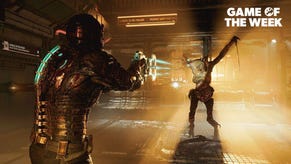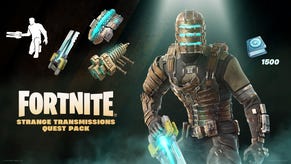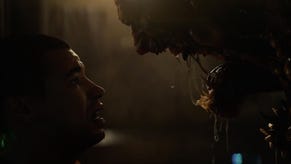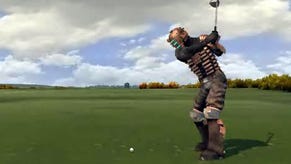Dead Space
Back to mine?
The whole process is aided by the intentionally sluggish pacing: whether it's crossing a room, reloading a weapon, or waiting for a door to slide open, everything takes a very long time to happen in Dead Space - a brilliant bit of Kubrickian design that elevates even the most mundane encounters.
Pacing isn't the only trick on display here. Other nice touches include the combat, which requires you to approach every type of Necromorph differently. Able to sprout limbs at will, it's essential to learn which body part of each flavour of beast to target first, taking it down before it evolves into something nastier. The development team are calling this "strategic dismemberment", and it works to turn each encounter into something of a puzzle. Tthe result, if you get it wrong, is often an animation of your head being ripped off.
The HUD is another elegant piece of implementation, placing all critical information within the world rather than plastered on top of the screen. Health is displayed by a strand of lights on the main character's spine, taking a cue from RoboBlitz (hopefully the only thing the developers have chosen to borrow). Equally, all guns have ammo meter holograms projected above them, and if you get lost, as you often will in this identikit dereliction of hallways and morgues, a click of the right-stick will project guidance markers onto the floor below you. Even the QTE button prompts sprout from the player's back - a somewhat annoying piece of cleverness, as it's all too easy to lose sight of them when you turn around during battles.
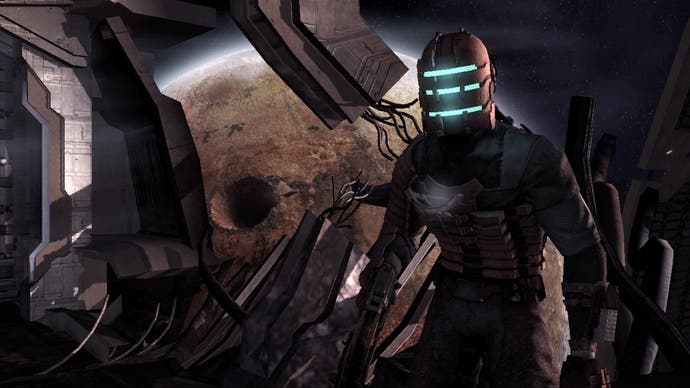
Guns are more of a mixed bag, shallow clips prescribing a measured style of play as survival-horrors tend to do. There's also a dizzying array of upgrades - including an unnecessary time-slowing function and an oddly clunky implementation of Half-Life 2's gravity gun - which suggests that Dead Space may be trying to take on too much. It's yet to be seen whether the rest of the game can comfortably provide the kind of variety to justify such an all-inclusive arsenal.
Over-complication may not be the only worry. As ever, the steady stream of choreographed shocks means that Dead Space is shaping up to be an extremely scripted game. Puzzle sections, such as the physics-bending zero-gravity rooms which allow you to walk the walls, turning geography into a challenge in a hunt for the exit, may mix things up somewhat, but even in the space of a short demo, you'll have ample time to tire slightly at the thought of replaying the same corridor, with the same surprises occurring at exactly the same moment each time.
To be fair, it's a problem none of Dead Space's peers have been able to shake, either, and perhaps the scripting simply goes with the territory. At least EA's game is confident in what it is: when the lights go out and the monsters flood in, you're left under no illusions that you're experiencing anything other than a fancy ghost train. It may suffer on repeated playthroughs, but for those willing to stump up the cost of the ticket, this slick and well-poised game could still be a lot of fun first time around the track. Dead Space isn't perfect, then, but it's already looking like a product with the unmistakable heft of hard work behind it. Success or failure, EA will struggle to churn out one of these every year.
Dead Space is due out on PC, 360 and PS3 on 31st October.


